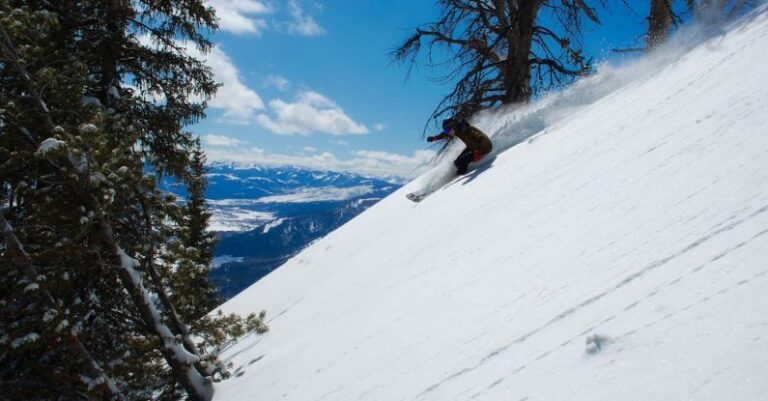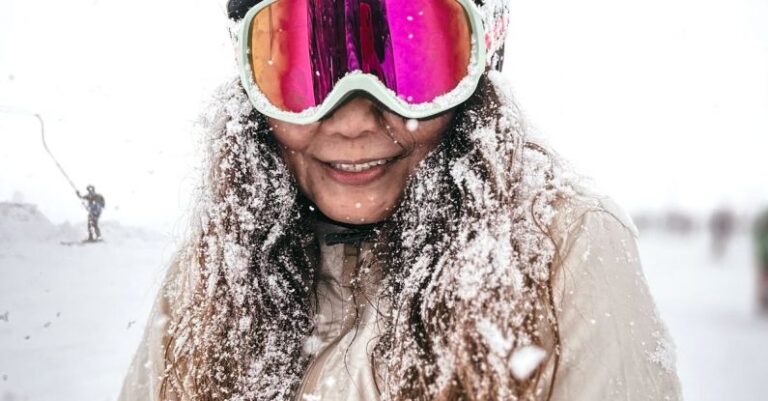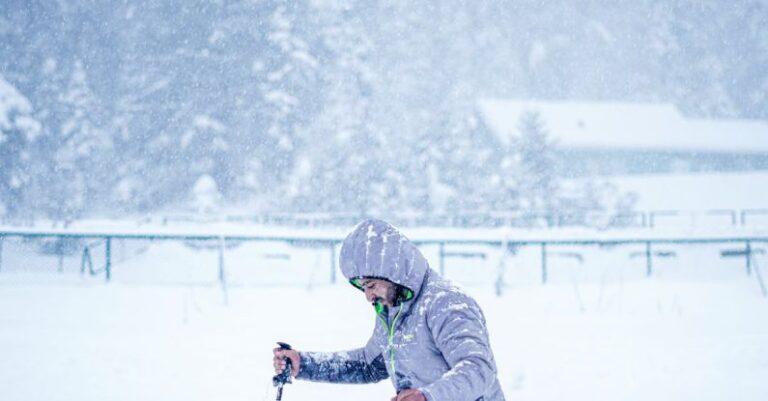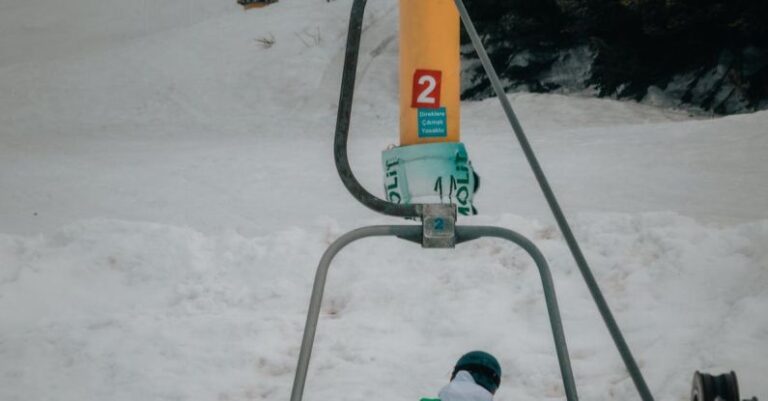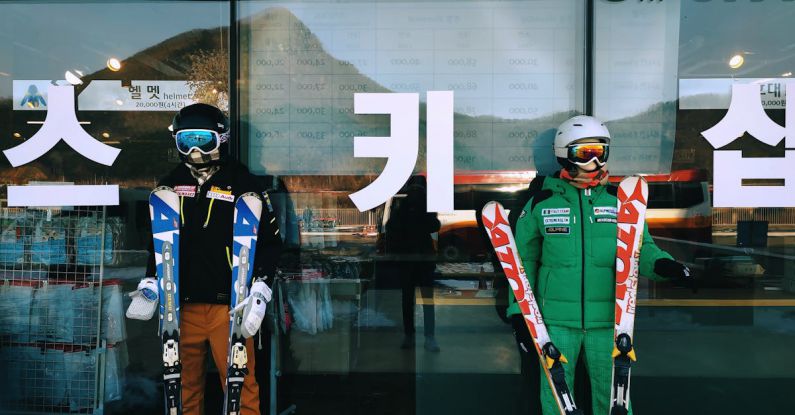
Cross-country skiing is a fantastic way to enjoy the winter outdoors while getting a great workout. However, dressing appropriately for this activity is crucial to ensure you stay comfortable and safe throughout your adventure. Whether you’re a beginner or a seasoned pro, the right clothing can make all the difference in your cross-country skiing experience. Here’s how to dress for cross-country skiing to stay warm, dry, and ready to tackle the trails.
Layering is Key
When it comes to cross-country skiing, layering is key. The key to staying comfortable during your ski outing is to wear multiple layers that can be easily adjusted as your body temperature changes. Start with a moisture-wicking base layer that will keep sweat away from your skin. Avoid cotton, as it retains moisture and can leave you feeling cold and damp. Instead, opt for synthetic materials or merino wool, which are both excellent choices for base layers.
Next, add a mid-layer for insulation. This layer should be breathable and provide warmth without adding too much bulk. A fleece jacket or a lightweight down jacket are good options for your mid-layer. Finally, top it off with a waterproof and windproof outer layer to protect you from the elements. A good ski jacket and pants made from a breathable material will keep you dry and shield you from the wind.
Protect Your Extremities
In addition to layering your clothing, it’s essential to protect your extremities while cross-country skiing. Your hands and feet are particularly susceptible to the cold, so investing in quality gloves and socks is crucial. Look for gloves that are waterproof and insulated to keep your hands warm and dry. Mittens are a good choice for extra warmth, while gloves with touchscreen compatibility can be handy if you need to use your phone on the go.
For your feet, opt for moisture-wicking socks made from materials like merino wool or synthetic fibers. Avoid cotton socks, as they can lead to blisters and cold feet. Make sure your socks are not too tight to allow for proper circulation. Additionally, choose ski boots that fit well and provide enough insulation to keep your feet warm during your ski session.
Don’t Forget Your Head and Eyes
Your head and eyes also need protection while cross-country skiing. A warm hat or beanie that covers your ears is essential to prevent heat loss from your head. Look for hats made from a moisture-wicking material to keep sweat at bay. Sunglasses or ski goggles are crucial to protect your eyes from snow glare and harmful UV rays. Choose goggles with a good fit that won’t fog up during your ski adventure.
Conclusion: Stay Warm and Enjoy the Ride
Dressing appropriately for cross-country skiing is essential for a comfortable and enjoyable experience on the trails. By layering your clothing, protecting your extremities, and shielding your head and eyes from the elements, you can stay warm and dry throughout your ski outing. Remember to choose clothing made from moisture-wicking and breathable materials to ensure maximum comfort. With the right gear, you’ll be ready to hit the trails and enjoy the beauty of winter on your cross-country skis.
